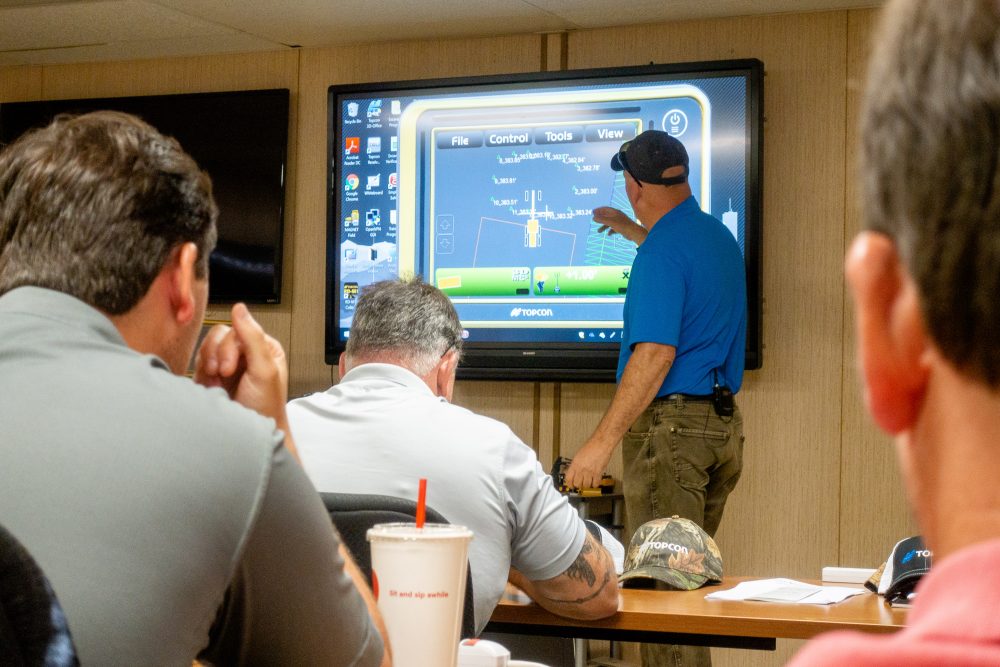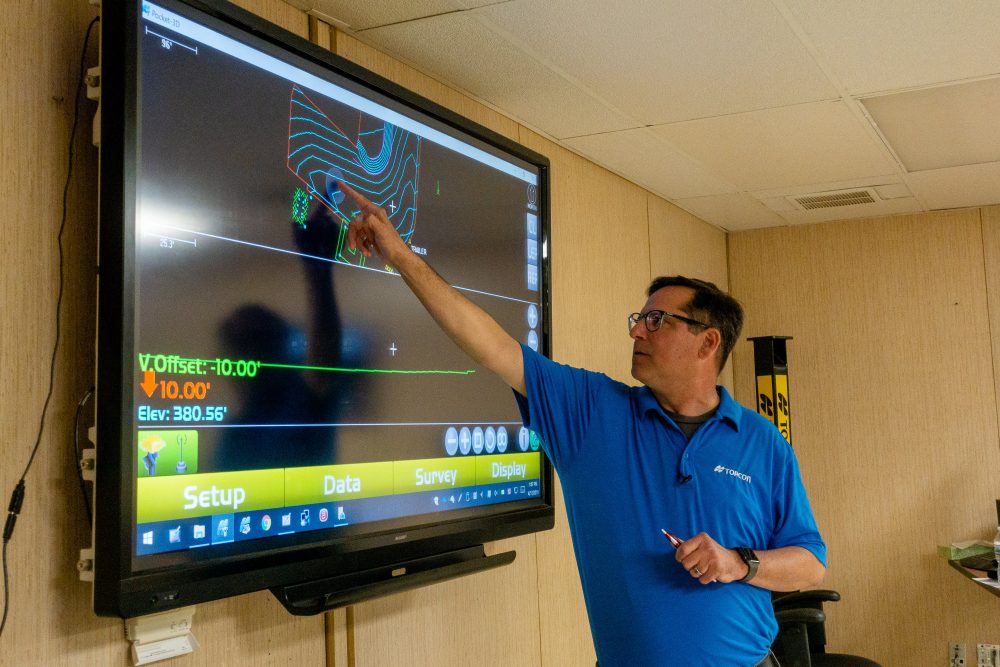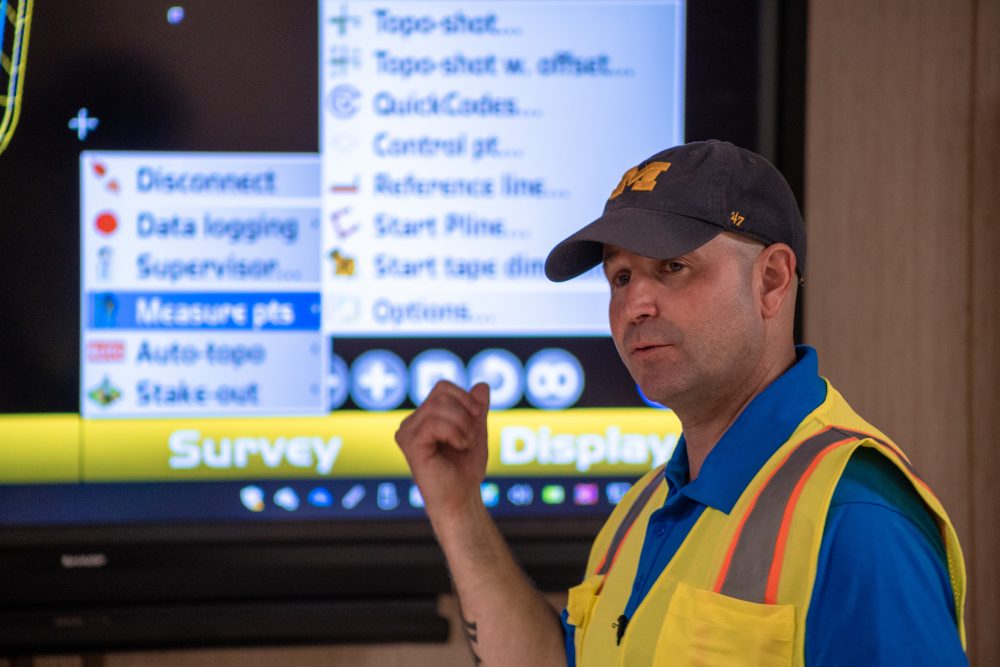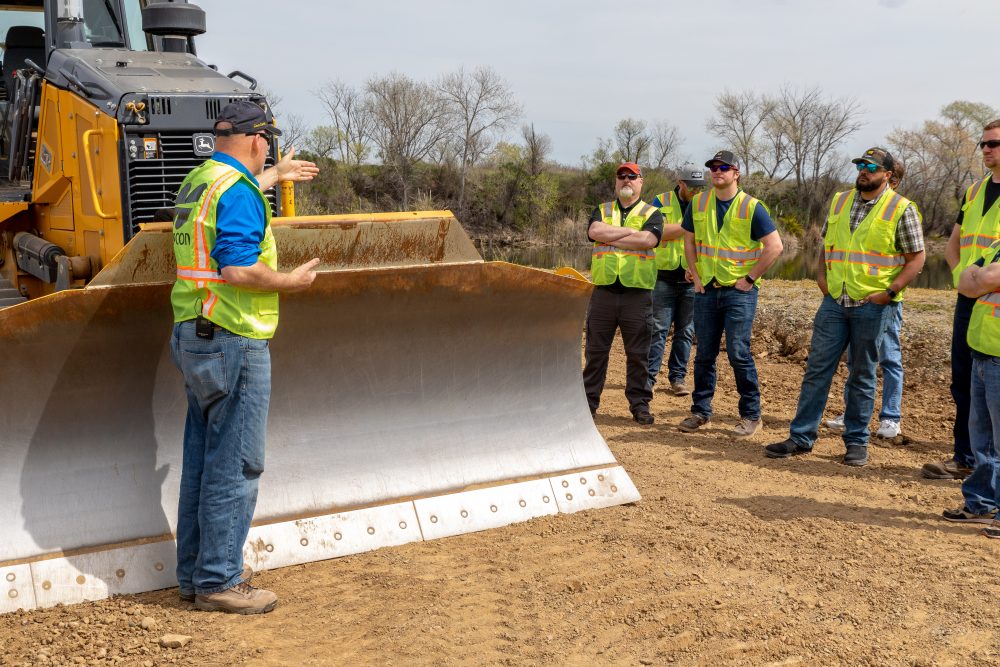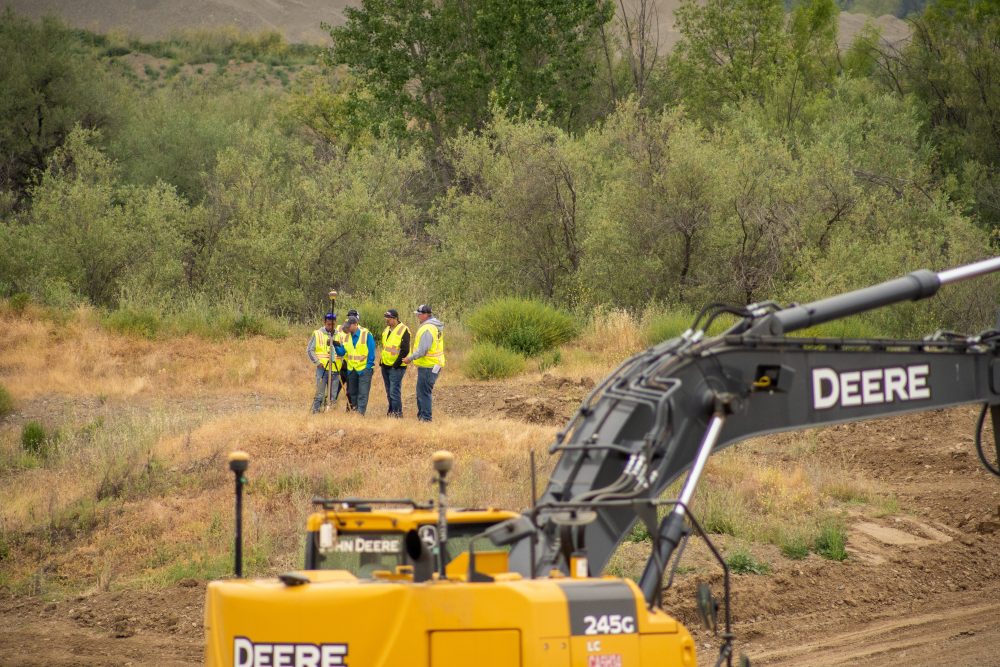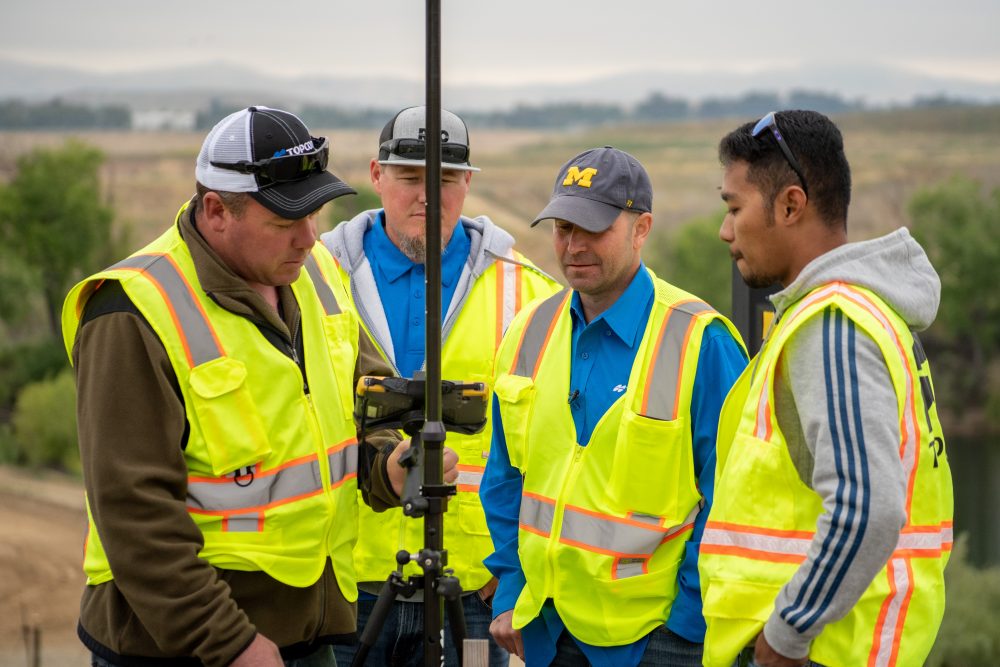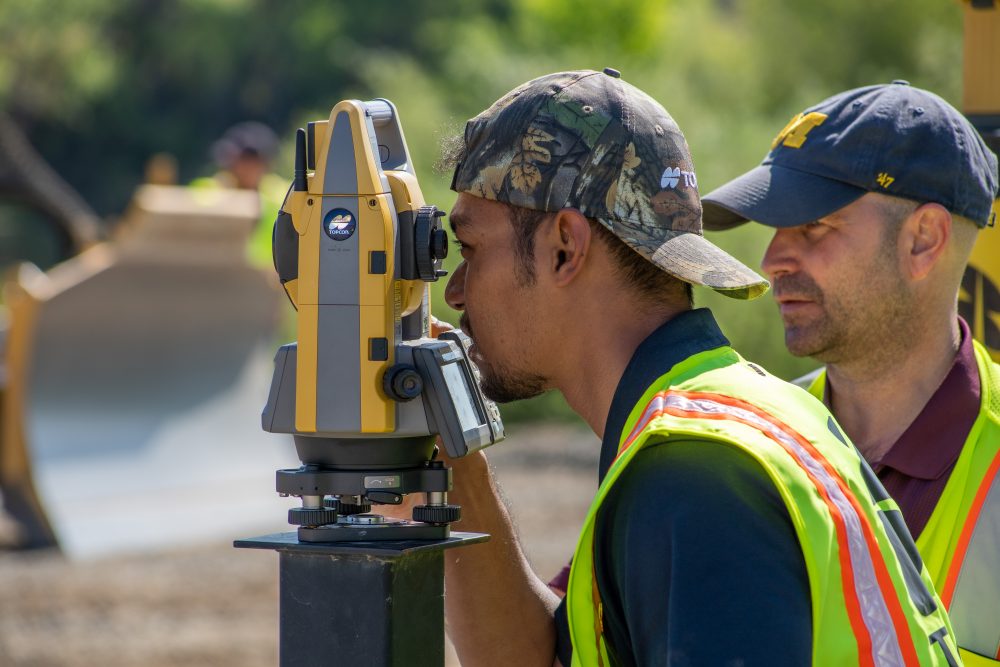Technology training for construction contractors addresses the need for sharp workers
The scene: A busy mid-size construction contractors office where owner-operator Bill plops into his desk chair while thinking that he and his incredible crew need relief…need help.
“I’m gonna close my eyes for a minute,” he promises, and dozes into a familiar dream where he’s sifting through a stack of resumes of experienced, qualified workers all eager to work for him. He smiles contentedly until, “Bill! Bill! Are you sleeping? We need your help!”
It is a scary world out there! Construction contractors, like Bill, know that in spades. They struggle with tight deadlines, demands for regulatory-governed quality, better productivity, lower costs, more time in a day, and that ominous need for a competent workforce.
The Associated General Contractors of America released a study of construction firms in the United States. A few key statistics included in their Workforce Shortage Report include:
- 8 out of 10 construction contractors cannot find sufficient qualified employees
- 19% are investing in labour saving equipment and tools that require smarter workers
- 82% believe that it will be more difficult to find qualified workers over the next 12 months
“As the US based construction workforce becomes increasingly thinly spread,” the AGC report stated, “owners and managers of construction contracting firms will be required to approach the problem of labour shortage creatively, in order to convert these problems into opportunities. A key to overcoming the labour shortage, in the construction industry, is to invest in current employees to increase their skills, knowledge and abilities, as well as to support existing employees with labour-saving tools and equipment.”
Investing in existing employees has definite advantages, when compared to hiring new employees.
- Current employees know how the company operates and manages its project sites.
- Current employees are a known entity. Managers know their strengths and weaknesses and may be better able to manage and lead them than new hires.
- With new employees, there are start-up administrative costs, drug testing, equipment and safety training, and general acclimation to new managers, co-workers, and procedures.
- Current employees pose less risk. Studies have confirmed higher injury rates among workers who have been on the job for less than a year. Consider also that hiring new employees with less experience and then moving them quickly into the field to meet demands may create greater risk.
Clearly, on-going skills and technology training of existing employees can prove to be critical not only for retention but the success of the company.
“The penalty for not keeping current with technology is longer project timelines,” stated Ron Oberlander, vice president, Global Professional Services, Topcon Positioning Group, Livermore, Calif. “Successful training focusses on the work process which yields greater efficiencies and better results.”
With the training emphasis on workflow, employees can develop a broader perspective on construction projects and all that goes into the tasks that culminate in their completion. The emphasis on work processes demonstrates a respect for the intelligence of employees and invites them to think in a partner role, which can strengthen their commitment to the job and the company.
“I’ve completed a couple of training programs conducted by Topcon and am scheduled for another in the next six months,” said John Poirier, project manager with Warman Excavating & Trenching Ltd., Waldheim, Saskatchewan, Canada. “It is well worth the time; and the cost is inconsequential compared to what I learn. I’m getting trained by unbelievable trainers–seasoned experts with 20 to 30 years of experience with the company. They know the products, the market, and understand the workflow.”
“Technology changes too frequently,” said Oberlander. “When we host attendees – distributors and end users – at our training sessions we focus on workflows and how the key features of our products and systems improve the productivity and efficiency of end users.”
With the strong job economy today, it is sometimes difficult to find talent to fill open positions. A benefit of training and the power of easy-to-use technology means that construction contractors can hire less-skilled talent. They can either send them to instructor-led courses or put them through e-learning-based training. Either way, the knowledge and skills gap can be bridged.
Since every construction project is unique, and may require different technology and solutions, it is important – actually imperative – that workers at all experience levels engage in training regularly to remain up to date.
“Think about the advances in consumer technology… such as the Apple iPhone,” Oberlander said, “The innovations and high-powered processors that upgrade the iPhone annually are being used in construction equipment. Look at the displays and systems inside of a new excavator, dozer, or other heavy equipment which now make them more productive to run and service; and in turn, makes the contractor more efficient and profitable.”
Oberlander went on to describe how GPS machine control has evolved during the past 20 years from little adoption of machine automation to a market where some machine manufacturers are integrating machine control technology direct from the technology-provider’s factory floor into their machines or even wiring heavy equipment so that they are capable of later adding aftermarket systems, and how some government agencies are even specifying that any contractor working on their projects must employ GPS machine control on their equipment.
An example of the interest and commitment to training occurring in the construction industry, is what Topcon Positioning Systems is currently doing. The company is investing by building state-of-the-art training facilities in the U.S., Italy, and Japan.
The new six-acre training facility in the U.S. is being constructed at the Topcon campus in Livermore, California and will cover training for construction, geo positioning, and paving. Vertical construction and layout training will include a half-built building for real-world demonstrations. Two state-of-the-art classrooms will be included. The training facilities in Italy and Japan are being built to the same parameters.
“Since we focus heavily on workflow training, our training will mimic live applications that take place at a typical construction site,” Oberlander said. “The main difference is we can focus on the application and training without distractions of a contractor’s live jobsite. We always offer on-location training at the contractor’s jobsite or home office, but we believe that it is important to establish a baseline of education with a contained workflow at our training center. We also offer the students a tour of our manufacturing facility so they can see how the products they use are made.”
Construction contractors struggle with the need to keep up to date on the latest technology and trends that make their projects more efficient, while attracting and keeping a full workforce in a tight labour market. The answers may be found in training both existing employees and new inexperienced workers on labour-saving technologies with a focus on the work process which yields greater efficiencies and better results.
What do you tell others considering training? Poirier said: “‘Go for it!’ There is 100% benefit to training; otherwise you’re looking at your technology being the world’s most expensive paperweight. Training gave me knowledge and confidence to feel comfortable with the technology. I recently set up a new excavator using a system I had mounted on a different machine. It works great and would have cost me $42,000 to have someone come in and set up and initialize the GPS system on the excavator – all work I did myself.”
Clearly training can benefit contractors. It can add knowledge, skills, and the confidence to succeed.
Article by Jeff Winke.









